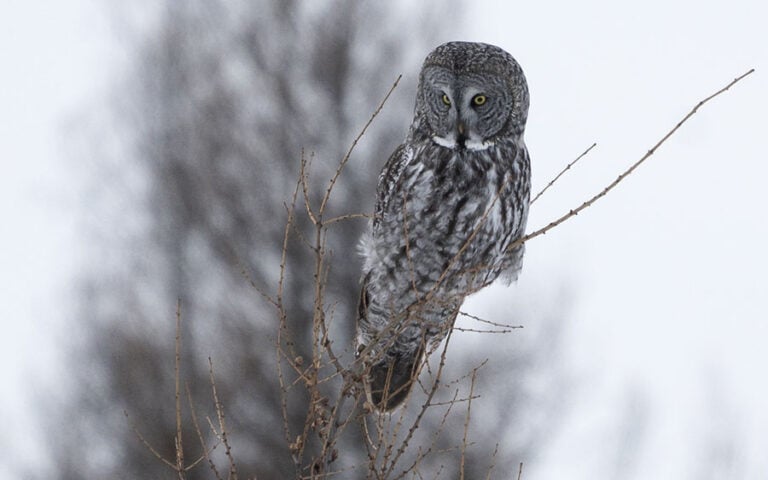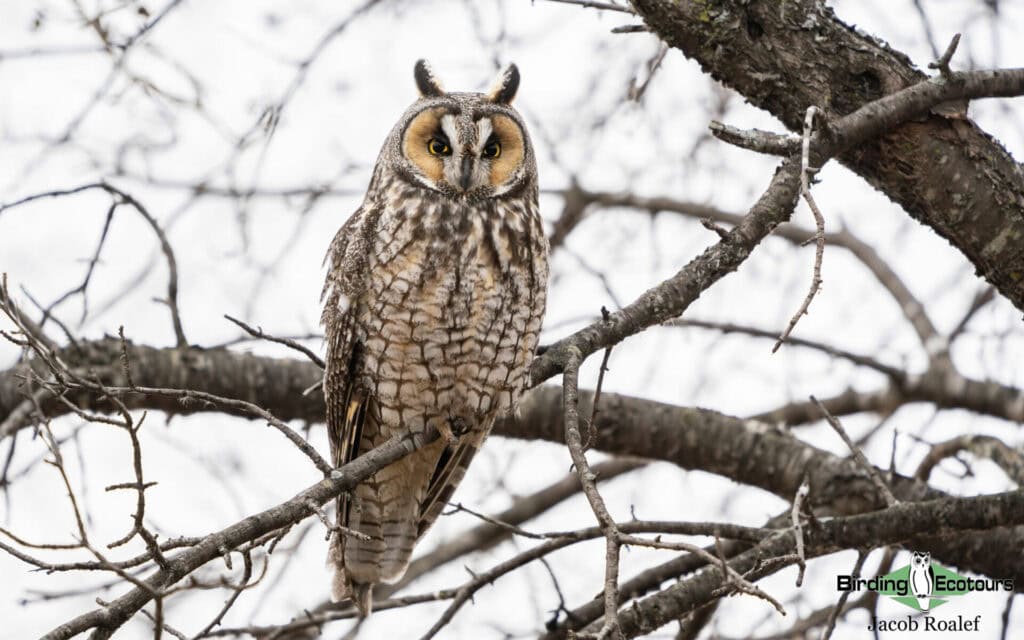Transylvania Adventure
Most people who think of Transylvania don’t think past Count Dracula, its best-known resident. But in addition to its wonderfully preserved medieval towns and castles, the region also features some of Europe’s last pristine landscapes and some great birding. On this trip we’ll stay in two beautiful places; our rooms in both places have been carefully restored using traditional methods and materials. We begin the trip at the guesthouses at Count Kalnoky’s Estate, a short walk down the road from the estate’s restored hunting manor and park. We’ll also stay at The King’s Retreat, formerly the private nature retreat of King Charles III of England. During our stay in the area, we’ll visit a number of different ecosystems, from fishponds, marshes, meadows, and riparian corridors of the lowlands to several parks in the Southern Carpathian Mountains.
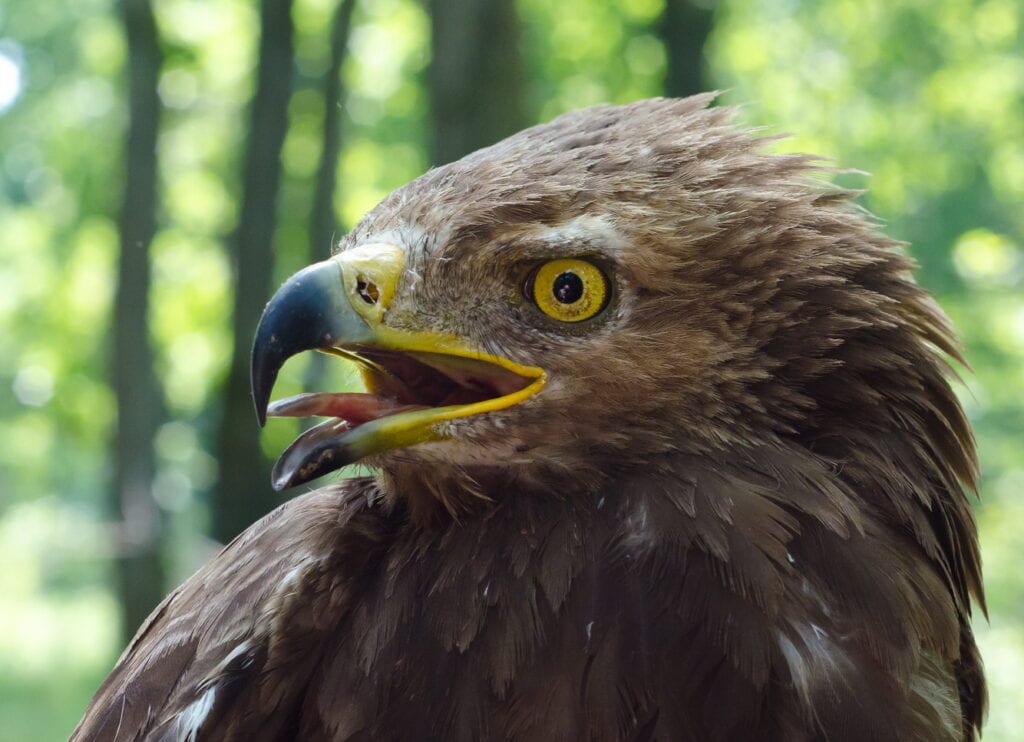 Lesser Spotted Eagle
Lesser Spotted EagleWe’ll have a good chance of seeing 150+ species on the trip. Each of the ecosystems we visit will offer us a different suite of birds. In the forests we’ll search for Treecreeper, Golden Oriole, Serin, Common and Black Redstart, flycatchers (including Collared, Red-breasted, Pied and Spotted), and lots of woodpeckers: Little Spotted, Middle Spotted, Great Spotted, Green, White-backed, Grey-headed, and Black. The meadows should yield Corncrake, Red-backed Shrike, Golden Oriole, Eurasian Hoopoe, Wryneck and Black Stork. In the mountains we’ll search for Water Pipit, Alpine Accentor, Nutcracker, Ring Ouzel Alpine Swift, Crag Martin, Rock Bunting and Wallcreeper. Raptors include Goshawk, Sparrowhawk, Red-footed Falcon, Honey Buzzard, White-tailed, Lesser Spotted and Short-toed Eagle. And we’ll do some birding at night with targets that include nightjars and several species of owl: Tawny, Ural, Long-eared, Scops, and Little.
In addition to our days spent looking for birds, we’ll enjoy some local activities including some birding via horse and cart, a cable car ride high into the mountains, and an evening of bear watching from a nearby hide. We’ll be treated to excellent local food and wines at both places we stay.
PRICE
3,225 Euros, per person, based on double-occupancy
Single Supplement: 320 Euros
Questions? Ready to book? Contact Eric at tr***********@*************ds.org.
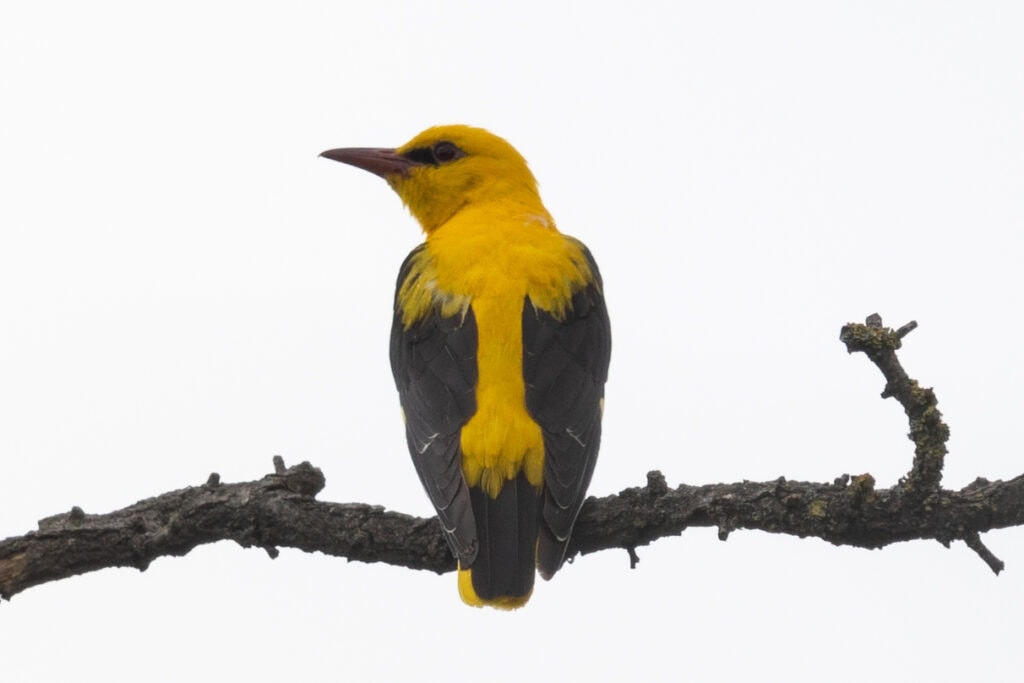 Golden Oriole
Golden Oriole Ural Owl
Ural Owl…


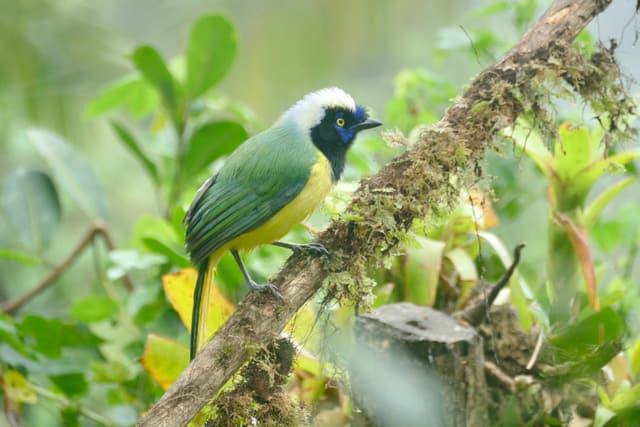
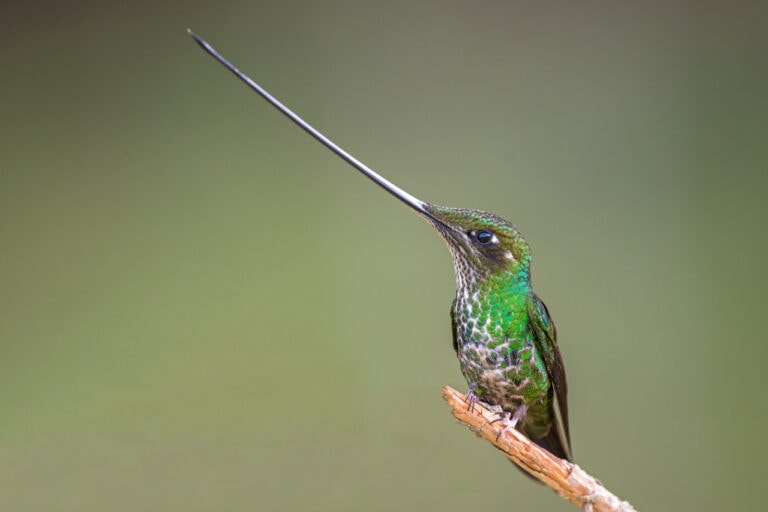
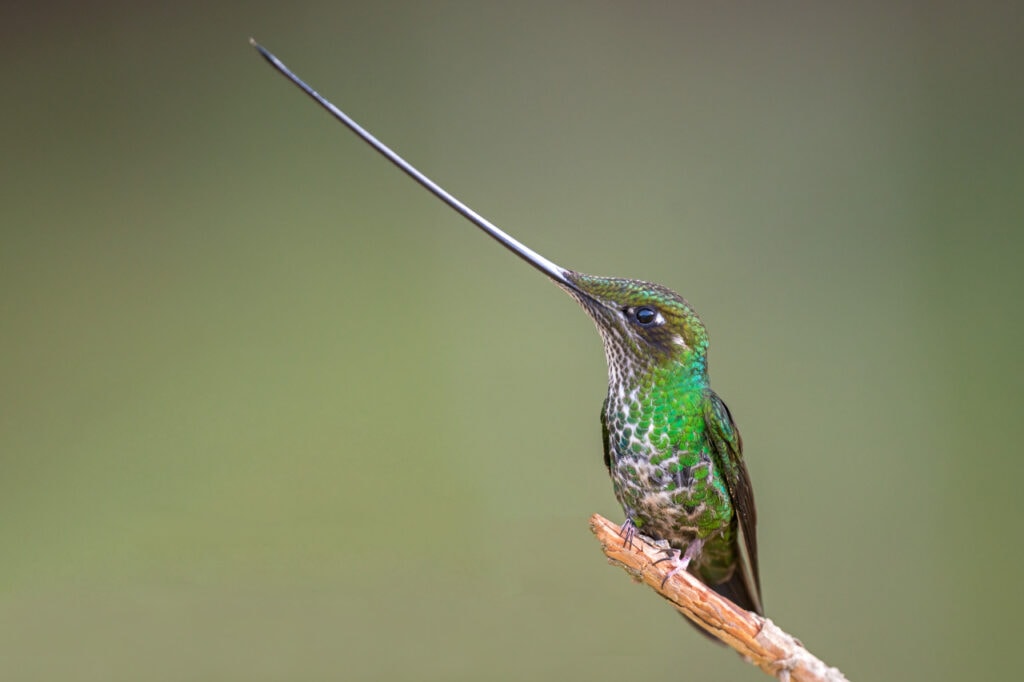 Sword-billed Hummingbird / Juan Jose Arango
Sword-billed Hummingbird / Juan Jose Arango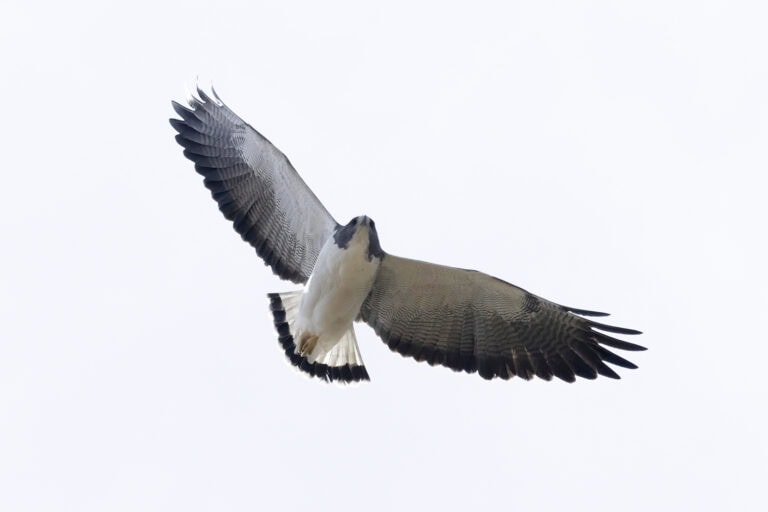
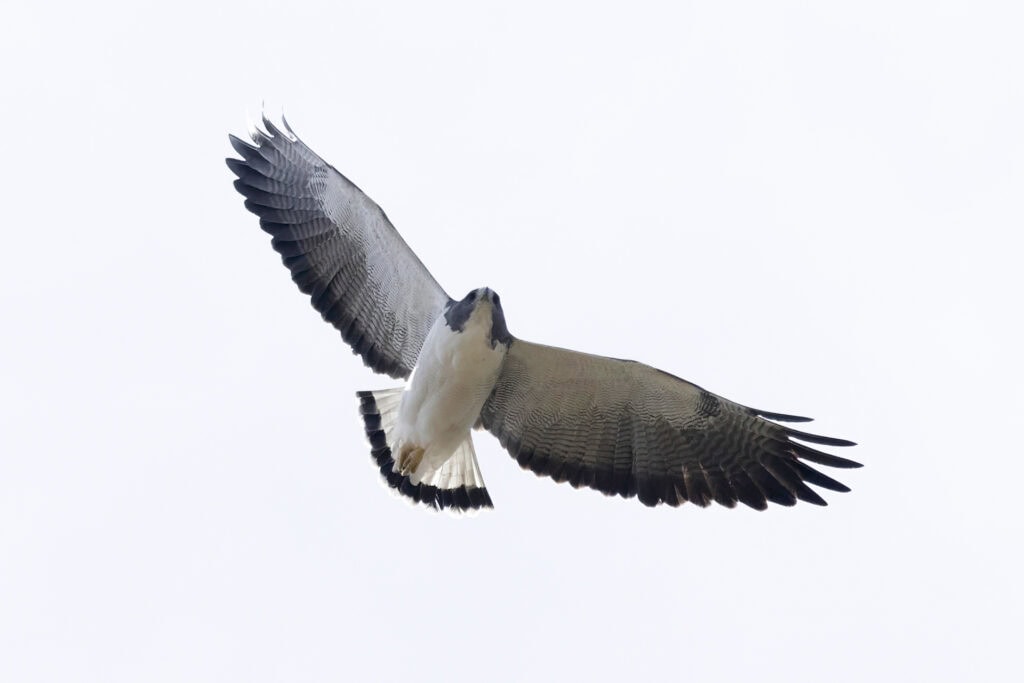 White-tailed Hawk by Bob Lewis
White-tailed Hawk by Bob Lewis